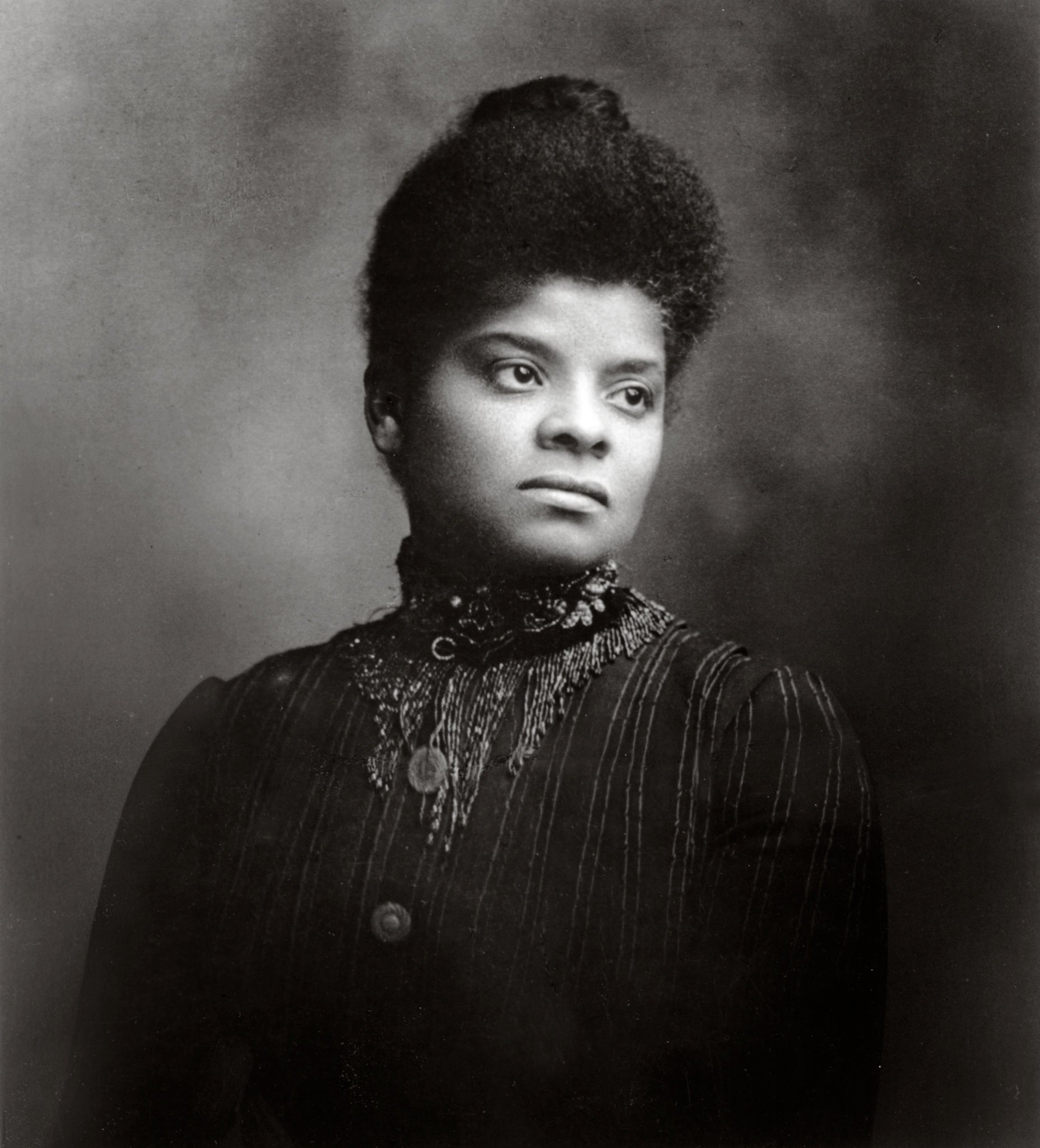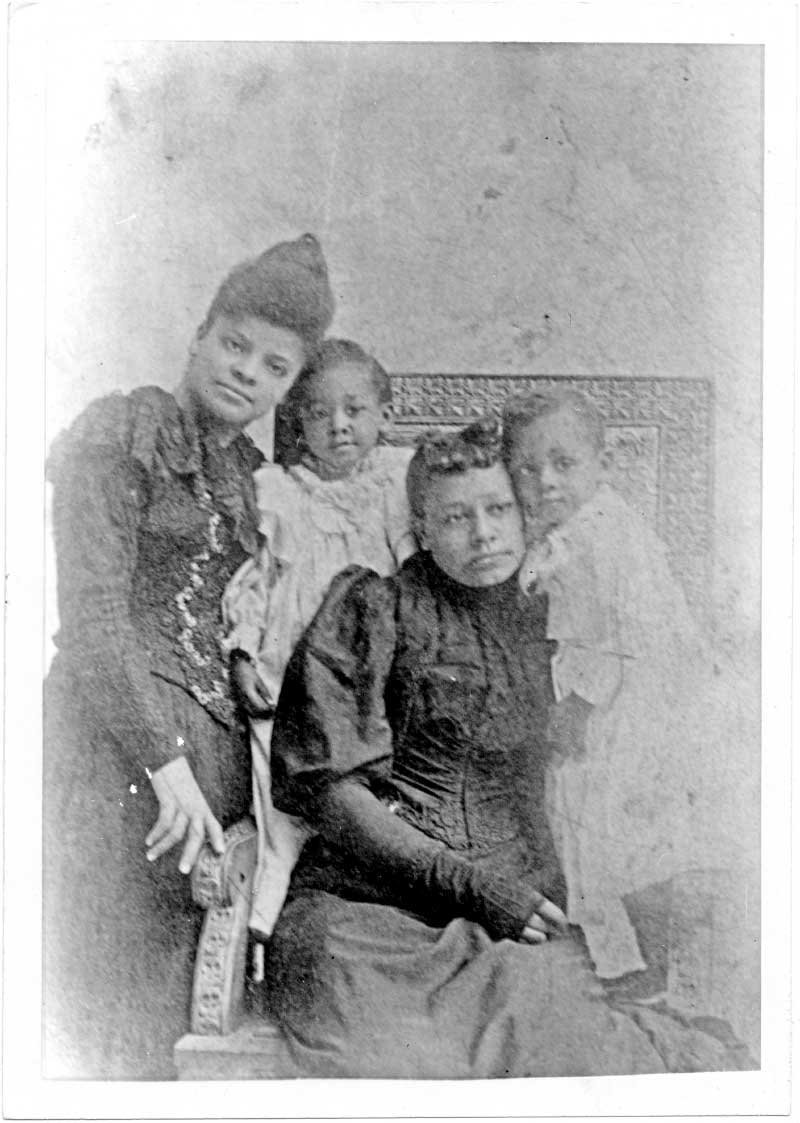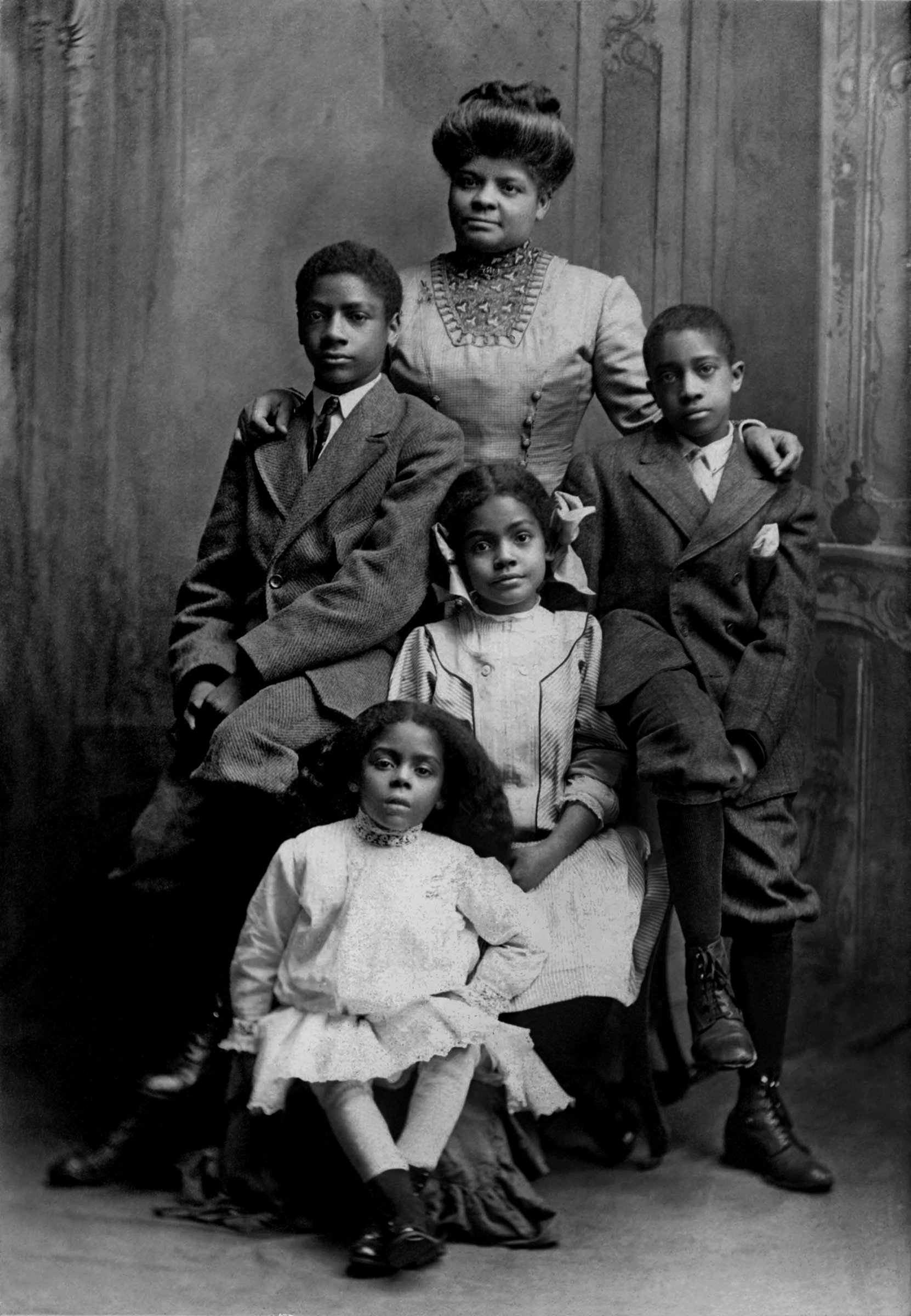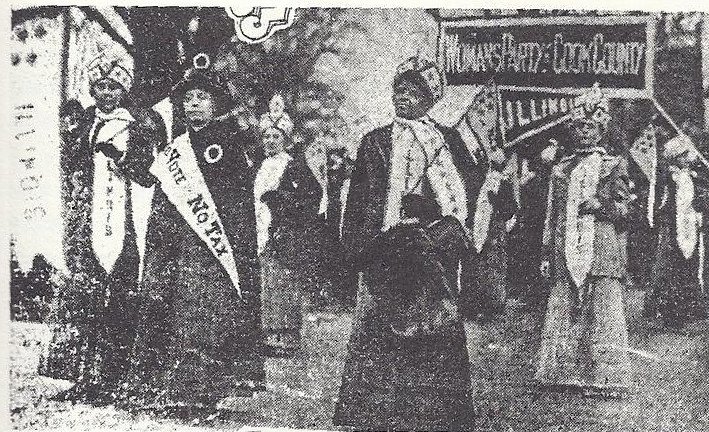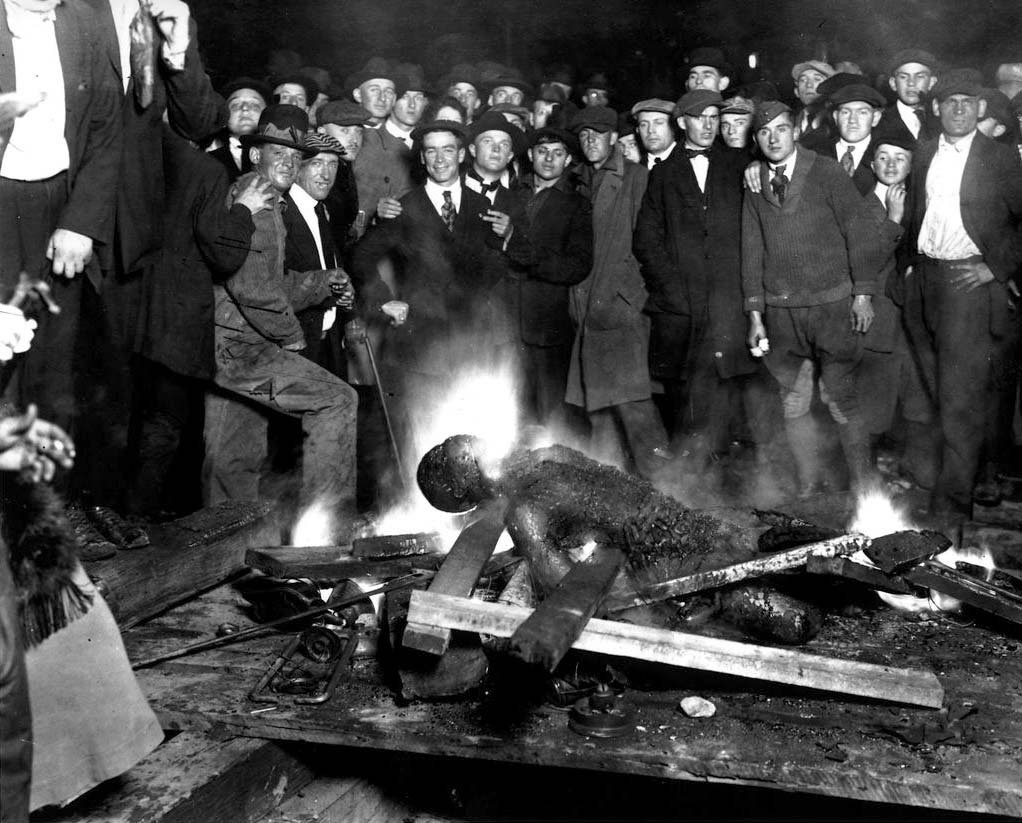Truth.
“The way to right wrongs is to turn the light of truth upon them.”
- Ida B. Wells
Ida B. Wells was an educator, journalist, activist, and early leader of both the civil rights and women’s rights movements. She investigated and reported the truth about lynchings in the United States. Before her reports the Black men, women, and children, who were victims of these ruthless and lawless mob attacks were painted as villains, and their white attackers were reported as the innocent victims. Her investigations exposed the truth and horrors of lynchings, and the attempts to cover them up. Her reports helped spawn the anti- lynching movement in the United States.
“I am only a mouthpiece through which to tell the story of lynching and I have told it so often that I know it by heart. I do not have to embellish; it makes its own way.”
Wells and many other Black women’s contributions to the women’s rights movement have been ignored, and removed from the history that many of us were taught about the women’s rights movement. Maybe because Wells did not shy away from calling out racism within the suffragists movement, and the calculated tactics of white suffragists to exclude working with and including Black women, so as not to anger their southern supporters that were more likely to back white women than black women. Now years later we are still fighting these same battles, modern day lynchings that see many unarmed Black men, women, and children murdered without cause, and segregation and prejudices amongst many feminists. I hope that Ida B. Wells’ story can inspire us to stand up and fight against injustice today, and to humbly and honestly look at ourselves so that we may see our own prejudices and biases and do the necessary work to heal ourselves and our communities.
“Virtue knows no color line.”
Ida B. Wells was born into slavery in Holly Springs, Mississippi on July 16, 1862. After emancipation, her parents James and Lizzie Wells were active in the Republican Party, (The Republican Party was different back then :) and instilled into their kids the importance of education. Lizzie became a well known cook. James was involved with Freedman’s Aid Society and helped start historically Black Liberal Arts College, Rust College. Lizzie Wells became a well known cook. Ida B. Wells attened Rust College for early education, but was forced to drop out at age 16 when in 1878 tragedy struck and she lost both her parents and infant brother during a yellow fever epidemic. Her family and friends thought that the remaining Wells children should be separated and sent to foster homes. Ida B. Wells refused to breakup her family. She found work at a rural Black elementary school outside of town. After convincing the school that she was eighteen, they hired her as a teacher. During the week while was teaching, her grandmother, and other family friends watched over the kids. In 1882 her brothers found work as carpentry apprentices, and Wells moved with their aunt in Tennessee and then continued her education at Fisk University.
In 1884 Wells bought a first- class train ticket from Memphis to Nashville. Though she had a ticket for first- class the train crew instructed her to move to the car designated for Blacks, when she refused to give up her seat she forcibly removed from the train, but not before biting one of the crew members who pulled her off the train. She then sued the railroad and was initially awarded a $500 settlement in circuit court, the decision was later overturned by the Tennessee Supreme Court. Though she’d lost the settlement, she did win in the end. “Following this incident, Wells began writing about issues of race and politics in the South… Wells had a number of her articles published in black newspapers and periodicals. She later became owner of two newspapers: The Memphis Free Speech and Headlight and Free Speech.”
“The doors of churches, hotels, concert halls and reading rooms are alike closed against the Negro as a man, but every place is open to him as a servant.”
While working as both a journalist and a publisher Wells also worked as a teacher in a segregated public school in Memphis. She was very vocal in her criticism of conditions of racially segregated schools including, overcrowding, insufficient books and supplies, and disparities in pay Black teachers were paid far less than White teachers. These criticisms ultimately led to her being fired in 1891. This blow and punishment for calling out the many wrongs of segregation did not stop her from shining light on the truth about racism. She soon turned her attention to anti- lynching.
In 1889, People’s Grocery opened in Memphis, Tennessee. The store was a cooperative owned by 11 prominent Black Americans. People’s Grocery became very successful, and competed with white- owned Barrett’s Grocery, owned by William Russell Barrett. Barrett’s Grocery had a virtual monopoly before People’s Grocery opened, and Barrett did not like the new competition. After many attacks from Barrett and his supporters against Thomas Moss and his employees, Calvin McDowell and Will Stewart, the three men found themselves having to guard the store on the night of March 5th, 1892. On that night a county sheriff along with a mob of armed white men who he’d deputized marched over to People’s Grocery. The men inside, already anticipating a mob attack, armed themselves, and fired as the mob approached. The men inside did not know that officers of the law had joined the mob. When they realized law officers were among the intruders they dropped their weapons and submitted to arrest. Knowing they would have their day in court to explain their case. That day never came. On March 9th, 1892, Tommie Moss, Will Stewart, and Calvin McDowell were lynched by a mob of 75 white men. It just so happened that Tommie Moss was a friend of Ida B. Wells, after his murder she turned her attention to anti- lynching. Her article in Free Speech and Headlight told the real story of her friends murder, and encouraged Blacks to leave Memphis.
“In slave times the Negro was kept subservient and submissive by the frequency and severity of the scourging, but, with freedom, a new system of intimidation came into vogue; the Negro was not only whipped and scourged; he was killed.”
Wells began investigating and reporting on lynchings all over the south. “One of her editorials pushed some of the city's whites over the edge. A mob stormed her newspaper office and destroyed all of her equipment. Wells was in New York at the time of the incident, which likely saved her life. She stayed in the North after her life was threatened and wrote an in-depth report on lynching in America for the New York Age... She brought her anti-lynching campaign to the White House in 1898 and called for President McKinley to make reforms.” Wells’ role in the suffrage movement is linked to her lifelong crusade against racism, violence and discrimination towards Black people. Because of this she did not stand for racism within the suffragists movement. She noted that to appease the racists views of southern supporters many white suffragists either refused to take up race issues altogether, or they themselves made racists remarks against Black men and women, and when held accountable for their remarks they either claimed to have “not an atom of race prejudice.” Or that they couldn’t be racist because of their family’s abolitionist history.
“I desire no quarrel with the W.C.T.U. , but my love for the truth is greater than my regard for an alleged friend who, through ignorance or design misrepresents in the ost harmful way the cause of a long suffering race...”
In her book Wells recounts a conversation with Susan B. Anthony, who she calls a “good friend.” Anthony told her that she’d once “declined to help a group of Black women who wanted to form their own suffrage organization and asked Frederick Douglass not to attend the suffrage conference in order to placate Southern suffragists, Anthony asked Wells if she had been wrong to do so.” Wells explains “I answered compromisingly yes, for I felt that although she may have made gains for suffrage, she had confirmed white women in their attitude of segregation.” Wells couldn’t have been more right because with the passage of the 19th amendment white women were granted the right to vote, but Black women in southern states faced a number of barriers. Most Black women had to wait nearly 50 years before they could exercise that right. This is extremely important. Many of these issues we are still fighting today. From Anti- lynching to women’s rights, racism and separation keep us from moving forward. I hope that Ida B. Wells’ work inspires us to stand up for each other and support one another.
“The Afro- American is not a bestial race. If this work can contribute in any way towards proving this, and at the same time arouse the conscience of American people to demand for justice to every citizen, and punishment by law for the lawless, I shall feel I have done my race a service. Other considerations are of minor importance.”
How Yoga Can Help
“Extension brings space, space brings freedom, freedom brings precision. Precision is truth.”
- B.K.S. Iyengar
In this class we learn the truth about Surya Namaskar (Sun Salutations). The Sun Salutations are freeing, refreshing, and invigorating. The muscles in the arms, legs, and upper back are developed to free and extend the spine. The pacing, moving with the breath helps us find lightness and ease as we flow from one pose to the next. But this does not mean that one must be an intermediate or advanced student to learn jumpings in surya namaskar. This class breaks down the steps of the Sun salutations, making this practice available for both beginners and intermediate students. This class also breaks down more challenging poses like chaturanga dandasana (four limbed staff pose) and urdhva Muka Svanasana (upward facing dog pose) to make the available for beginners, and to help the more experienced students learn correct alignment and form to take them deeper, while also helping them practice the poses safely and correctly.
Poses 1- 3
1. Adho Muka Virasana (Downward Facing Hero Pose/ Child’s Pose) 2. Adho Muka Svanasana (Downward Facing Dog Pose) 3. Uttanasana (Intense Stretch Pose/ Standing Foward Bend) In these poses the arms and legs are stretched and strengthened to help lengthen the spine, and tone the abdominal muscles. The release of the head and neck here helps relax the brain and quiet the senses, to calm the mind.
Poses 4- 6
4. Urdhva Hastasana (Upward Arms Pose) 5. Urdhva Baddanguliyasana (Upward Bound Fingers Pose) 6. Paschima Baddanguliyasana (Reverse Bound Fingers Pose) In these poses we again stretch the arms and legs to lengthen the sides of the body and extend the spine, here also the upper back is engaged to support that length and opening that also helps relieve tension in the neck and shoulders.
7. Surya Namaskar (Sun Salutation) In this sequence we speed up the pacing while linking the movement with the breath, the practice of surya namaskar becomes strengthening, invigorating, and refreshing.
Poses 8- 9
8. Chaturange Dandasana (Four Limb Staff Pose) 9. Urdhva Muka Svanasana (Upward Facing Dog Pose) These poses are often used as transition poses, and are sometimes overlooked because we move through them so quickly, or avoided because they can be strenuous. These poses strengthen the arms, legs, and upper back, but that doesn’t have to overlook them or avoid them. With correct alignment even these stronger poses can be light and uplifting.
Poses 10- 11
10. Eka Pada Pavanmuktasana 11. Pavanmuktasana These poses are great recovery poses. Especially after a backbend practice, these poses help release the back.
Pose 12- 13
12. Setu Bandha Sarvangasana (Bridge Pose with Support) 13. Savasana (Corpse Pose) These poses promote deep relaxation. The supported resting position helps us become more quiet and calm so that we may turn our attention inward.



